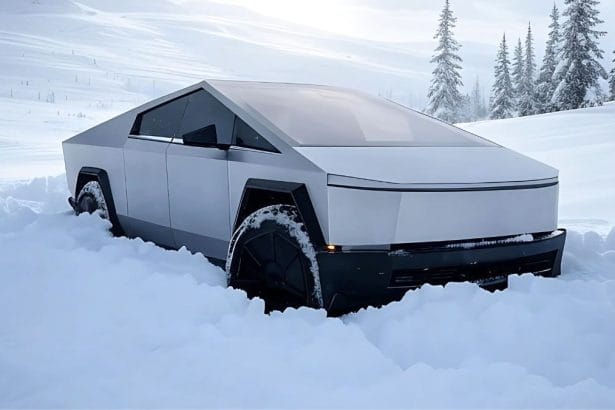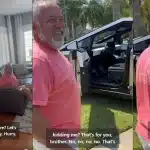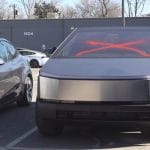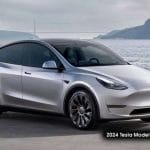Ken from Kansas was excited about saving money on car insurance—until he noticed something strange.
As a Tesla Cybertruck owner enrolled in State Farm’s “Drive Safe & Save” program, Ken expected decent discounts for his safe driving.
After all, this program tracks how carefully you drive and rewards good behavior with lower insurance premiums. The idea sounds fair. But Ken says something isn’t adding up.
He has five vehicles enrolled in the program: his Cybertruck, a Tesla Model 3, and three gas-powered cars. The results?
- Gas vehicles: Big discounts—up to 20% off.
- Teslas: Basically nothing. Maybe $5 to $10.
That difference has Ken asking: “Is State Farm penalizing me for driving a Tesla?”
“I Drive the Same in All My Cars”
Ken shared his concerns on the Cybertruck Owners Club forum. He explained that even when his daughter drove the Model 3—instead of her gas-powered Mazda—the discount didn’t improve.
Meanwhile, Ken drives a “weekend fun toy” gas car more aggressively, but still gets better savings.
What gives?
Ken suspects the tracking device—called a “puck”—is misinterpreting how Teslas handle braking and acceleration. Unlike gas cars, Teslas use regenerative braking, which slows the car without touching the pedal. The puck doesn’t seem to understand that, and instead gives a “C” grade for braking—even though Ken rarely uses the brakes.
“It’s like they’re punishing the car, not the driver,” Ken wrote.
Other Tesla Owners Say the Same Thing
Ken isn’t alone. Across forums and social media, other Tesla drivers are noticing the same trend with State Farm’s Drive Safe & Save program.
Stephen from New York shared:
“My daughter drives a Model 3 with full parental controls and Chill Mode. Her discount? About $15. That’s way less than the 20–50% State Farm advertises.”
Stephen even declined adding pucks to his other Teslas until he sees better results.
Another Cybertruck owner from Idaho explained:
“We used the program with our Toyota Prius and saved money easily. But after switching to a Cybertruck, our acceleration score dropped to 60, even though we mostly use Full Self-Driving (FSD).”
He says the Cybertruck stops gently at stop signs, but then accelerates quickly to the speed limit, which seems to trigger a penalty—even though it’s following traffic laws.
“I’m not driving wild—it’s the car doing what it’s programmed to do.”
So Why Are Teslas Scoring So Poorly?
Here’s where things get interesting:
- State Farm’s puck doesn’t recognize regenerative braking, which is standard in all Teslas.
- Teslas accelerate faster than gas cars, even when driving normally.
- Autopilot and FSD may drive more safely than a human, but insurance trackers can’t detect when software—not the driver—is in control.
This creates a problem: Tesla owners are driving safely, but the technology behind insurance trackers isn’t designed for EV behavior.
And that might be costing them money.
“We Need a Fairer System”
Many owners say they’re considering opting out of insurance tracking altogether if Tesla driving keeps being misread. Some are even thinking about switching insurance providers.
Others are calling for updates to these programs—smarter algorithms, Tesla-specific scoring systems, or at least recognition that FSD isn’t the same as aggressive driving.
After all, Tesla’s own safety report claims that drivers using Autopilot have fewer accidents than those who don’t. Shouldn’t that mean lower insurance costs, not higher ones?
Key Takeaways
- Tesla drivers using State Farm’s Drive Safe & Save report much lower discounts than their gas-powered cars.
- The program’s tracking system seems to misinterpret regenerative braking and fast but legal acceleration as unsafe driving.
- Owners using Full Self-Driving (FSD) aren’t getting credit for Tesla’s advanced safety features.
- Some Tesla owners are urging insurance companies to update their scoring models to reflect how EVs—and especially Teslas—actually work.
What Do You Think?
Are insurance companies unfairly penalizing EV drivers? Have you had a similar experience with State Farm or another insurer?
Join the conversation below and share your experience. You might help another Tesla driver avoid a costly surprise.





